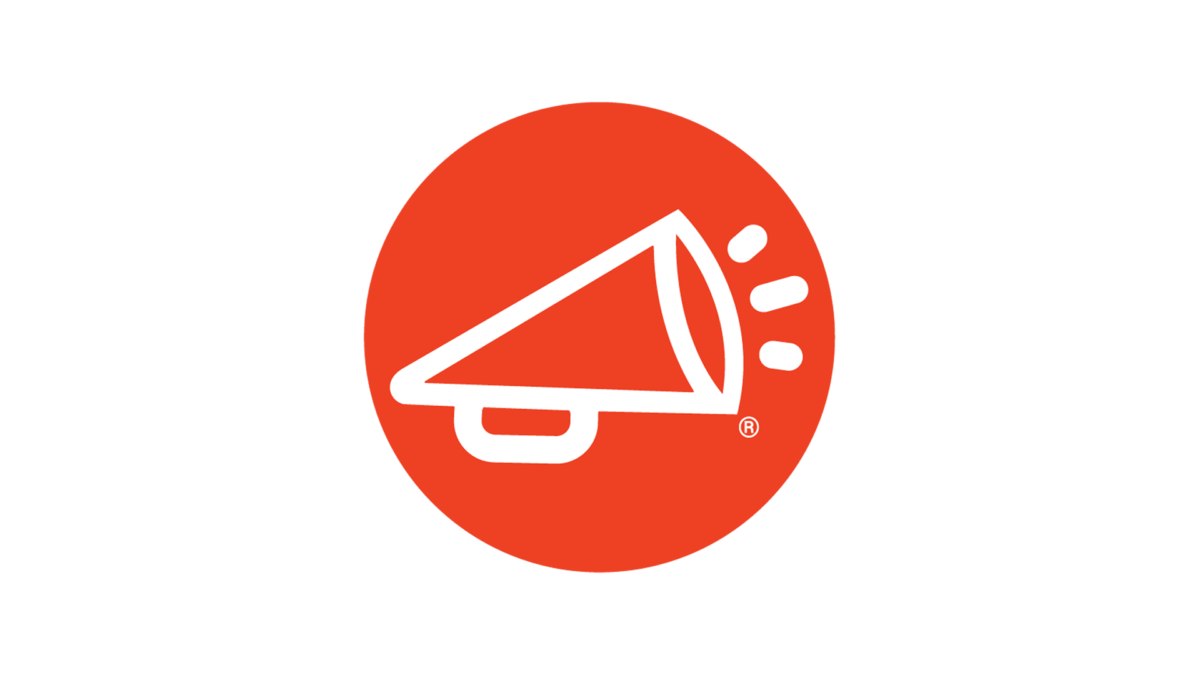

Employee rewards and recognition programs are standard practices in most organizations today. It encourages good performance in the workplace. While most organizations appreciate the positive impact of having a workable recognition plan, they understand that it’s difficult to measure and implement continuously.
The right recognition plan should motivate employees, demonstrate significant improvement in job performance, employee engagement, and provide a win-win situation to both the company and teams. For maximum business impact, organizations should develop strategic recognition plans; consider the right audience and the overall program design.
Companies thrive on profits. It’s the main agenda for any competitive business, but looking at the small steps that drive profits involves committed employees to do the job right, always. And so, it’s natural for leaders to emphasize performance management to hit financial targets. We get that. Profits are an outcome of team performance.
It is essential to motivate employees by establishing the right KPIs to inspire creativity. Corporate leaders must drive unaltered effort using reliable teams to build confidence in the organizational context of achieving consistent financial success.
In this article, we shall highlight HR KPIs for innovative incentive programs in the post-COVID era.
First, you must evaluate how management spends their time. Shift the time spent on internal metrics to more of customer empathy and employee value. Make employees feel appreciated and see your attrition rates reduce significantly.
Setting up proper KPIs leads to improved employee engagement, market share increase, and consistent revenue growth.
Secondly, specify your expectations and use emotions to discuss individual customers with your staff. This action creates empathy and directly impacts job performance as employees feel motivated and appreciated. Emotional Intelligence expert Daniel Goleman says, “A primary task of leadership is to direct attention. To do so, leaders must learn to focus their attention.”
Managers should focus more on leading their teams in the right direction and with a positive attitude. Let’s face it; it’s reasonably tempting for ambitious managers to focus entirely on financial metrics. But the truth is those targets require equally ambitious employees who care about their work and are motivated by employee rewards and recognition.
So how can you change these dynamics?
It’s simple. Improve your employee’s performance by balancing their emotional welfare, metrics, airtime, and communication message, including attractive employee recognition programs. Your numbers will naturally escalate every quarter.


Employee turnover is a crucial HR metric. A high employee turnover rate is a huge problem and is expensive in the long run. Companies have to deal with a whole recruitment process when employees leave. Replacing employees with new hires can escalate up to 50% in annual wages, with turnover expenses going all the way up to 200% according to (SHRM) The Society for Human Resource Management study.
Let’s look at two critical issues of employee turnover rate.
(i) Voluntary Turnover
Voluntary turnover is when staff leaves the organization uncoerced. Maybe they found better opportunities elsewhere, or they feel pressured at their current jobs, or they have to move out of town for personal reasons. They have to resign officially and give written or verbal notice to the employer of their intention to leave.
(ii) Involuntary Turnover
Involuntary turnover involves direct communication from the employer discharging an employee from official duty. Reasons may involve; violation of a workplace policy, absenteeism, or consistent poor job performance.
Multiple involuntary turnovers may also involve layoffs, where the employer fires employees in clusters due to job redundancies. It may also occur as a cost-cutting measure, as seen in the current Covid 19 pandemic, where millions of people have lost jobs due to a slowed global economic status.


Any organization will experience some absent workers who call in sick or do not show up when you need them or any other unforeseen cause. It is therefore imperative for organizations to measure the absenteeism rate to manage interferences.
What is an absence rate?
The absenteeism rate is the frequency of unplanned absence (being away from work) by employees. Organizations can measure absenteeism rates for individuals, teams, or the entire company. Organizations should not include lateness and public holidays in the absenteeism rate.
Absenteeism affects a company negatively. When it escalates to high levels and is left unchecked, it is a clear sign of glitches in the business.
To calculate the non-appearance rate, you need staff absence data containing the precise number of days an employee or employees did not show up for work and the dates indicating the absence.
Get the available workdays in a year.
According to the (ISO) International Organization for Standardization, the absenteeism rate formula; get the number of days that an employee was 100% absent and the number of available workdays, say, in a year, excluding weekends, public holidays and company CSR or anniversary days (if the company considers it an internal holiday).
HR managers can document the absenteeism results in a report to identify gaps of absence in the company and find an effective plan to alleviate the situation.


Employee retention is the percentage of staff that stays in a company for several years. HR managers can measure retention for planning purposes or take stock of employee data at the end of every quarter or year. To maintain a healthy staff retention plan, managers must develop creative compensation policies, benefits, and recognition programs to reduce high turnover ratios.
How Do You Determine a Healthy Employee Rewards and Recognition Retention Strategy?
A company’s core purpose is to minimize employee turnover at any given time. Managers cannot avoid small ratios of voluntary turnover, which is healthy, by the way. However, high turnover percentages are costly based on the replacement of a vacant position.
Below are crucial employee retention strategies you can adopt to maintain talented and long-serving staff:
i. Continuous productivity
Long-serving workers understand company expectations at a deeper level. They have cumulative skills to complete their job roles effectively every day. They are focused, have excellent team coordination, and easily surpass their goals when they feel appreciated and rewarded regularly.
ii. Reduced business costs
Retaining expert workers adds considerable value to the company in lowering costs. With nearly nil turnover costs, companies can invest funds in other business activities that make financial sense.
iii. Reward and benefits
Competitive salaries attract the best-skilled workers in any industry. Offering competitive services such as health insurance, travel allowances, reduced mortgage costs can attract skilled candidates. Additionally, employee recognition programs based on performance show that you value your staff and recognize their efforts.
iv. Flawless communication
Frequently share important information with your staff to foster trust and build lasting bonds with your loyal team. Develop sound policies and distribute them to the entire workforce to emphasize expectations from the employer.


Calculating Productivity in Employees
The Covid-19 pandemic has dramatically affected many businesses creating a global recession, gross inflation rates, and unfair competition across multiple industries. Since the repercussions of a downward economy are beyond human intervention, you can control how your employees add value and revenue in these challenging times.
Productivity per employee has a significant influence on revenues, and you can track productivity in your organization with a simple equation. To determine the labor productivity of each employee output, use the number of employees as the input.
Here’s a little demonstration on how to go about it.
Let’s say company X manufactured or sold $100,000 worth of goods in seven days with 20 employees. To determine the cost of productivity per employee, divide 100,000 by 20, which comes to 5,000. Meaning each worker produced $5,000 for the company in one week with 30 employees.
To measure efficiency per employee, calculate the current productivity with the effort required to produce similar output. Divide the regular labor hours by the precise time worked and multiplied the result by 100. The efficiency per employee ratio should lean closer to 100 to measure the effectiveness of each staff.
Calculating efficiency through the year helps your organization analyze the growth, hiring, and firing of staff based on performance indexes. Measuring productivity also makes management decide on rewarding employees with bonuses, promotions, or employee rewards and recognition.


The Employee Satisfaction Index (ESI) measures feedback on employee satisfaction in the workplace. It is a set of 3 questions that revolve around:
You can combine the above set of ESI questions with additional employee survey questions to gather complete data on how teams feel at the workplace.
The Employee Net Promoter Score (eNPS) measures loyalty and revolves around one question.
An eNPS score ranges from -100 to 100. Though any score beyond zero is adequate. The score standards vary with company values; some will accept any score in the range of 10-30, while others prefer exceptional scores above 50. A score below -10 should be a warning sign for your organization.
These job satisfaction measuring instruments are both necessary because they give managers an idea of how employees feel. You can use several methods to assess, but the bottom line brings out a clear picture of performance outcomes from the employee’s POV.
You should also be open about the data showing that their opinion matters and how your organization intends to show improvements in the workplace based on the survey reactions.
Every company is unique, and there is no magic formula for a perfect set of HR KPIs. By including these 5 KPI’s in your employee recognition programs, it is easy to break down the results afterward and calculate the HR programs value.
KPIs help managers monitor and analyze the HR strategy in an organization. They are a benchmark used to determine progress when measuring a company’s main objectives. KPI’s indicate whether an organization is on track or has strayed from the productivity path. Examples of HR KPIs include, Productivity, Return on investment (ROI), Skills & Competencies, Job Satisfaction, Absenteeism, Recruitment & Retention Efficiency, and Turnover/Recruitment Costs.
KPIs in HR are crucial to measure collected data about the workforce in any organization. The 5 KPIs are Absence Rate, Employee Productivity Rate, Employee Engagement Index, Net Promoter Score, and Turnover Rate. What are examples of HR KPIs?
What are the five key performance indicators in HR?
WorkProud is committed to helping its clients create a unified approach to the employee experience by helping them build cultures of workplace pride. Trusted by millions of users at some of the world’s most recognized employer brands, WorkProud delivers a comprehensive approach to building company cultures that inspire people to be Proud of their Work and Proud of their Company.




Every month, we share news, knowledge, and insight into what we believe is a pretty simple proposition: If you are “proud of your work and proud of your company,” you are more engaged, more productive, and more likely to stay with your company for the long haul.
*By selecting “SIGN UP,” you agree to WorkProud’s Privacy Policy. You may unsubscribe from our newsletter at any time. Please note when unsubscribing: it may take up to 10 business days for your request to take effect.